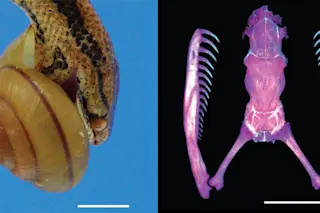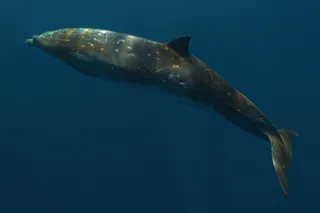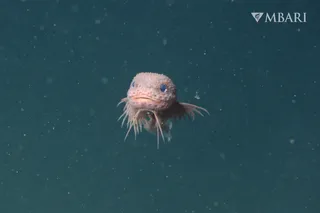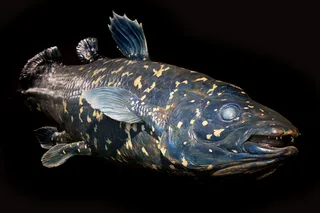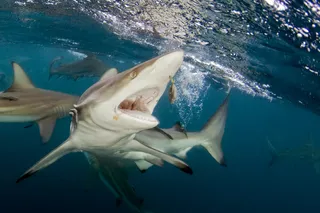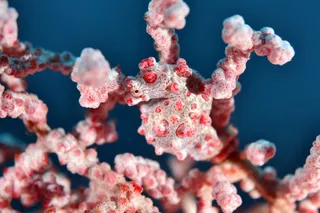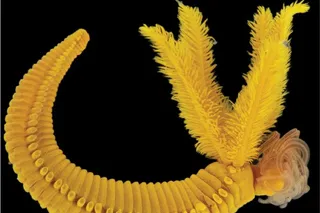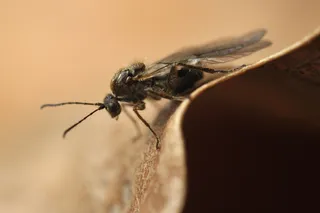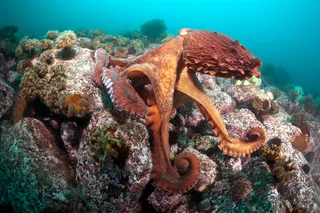In the novel Dr. No, the titular villain explains to James Bond that he once survived an assassination attempt because his heart was in the wrong place. The good doctor had a condition called situs inversus – his organs were mirror images of their normal versions, found on the opposite side of his body. His heart, being on the right, was unharmed when his would-be murderer stabbed the left side of his chest. Having a mirror-image body can be useful when someone’s out to kill you and while that’s true for criminal masterminds, it also applies to snails.
In Japan, Satsuma snails have shells that mostly coil in the same direction. If you put your finger in the shell’s centre and follow the spiral outwards, you would probably move in a clockwise circle. And Iwasaki's snail-eating snake knows it.
The snake, as its name suggests, eats snails and both its ...


